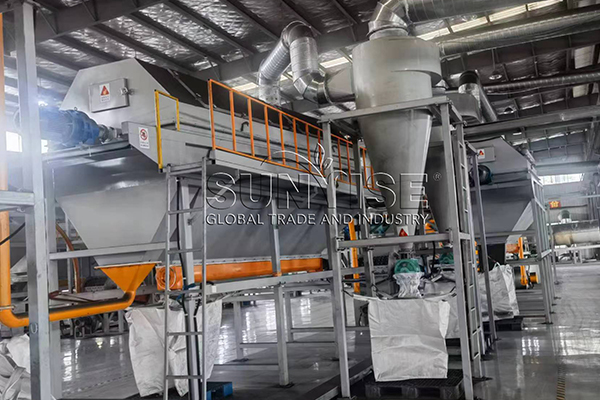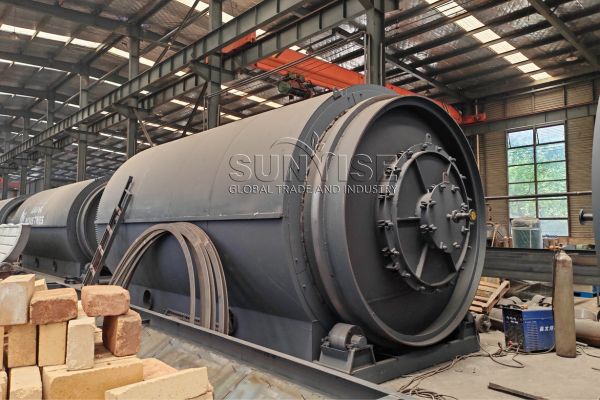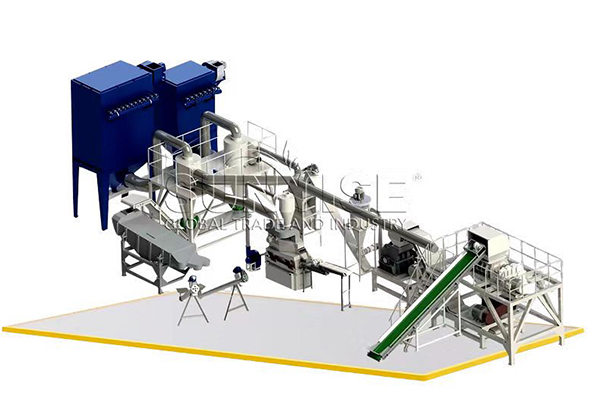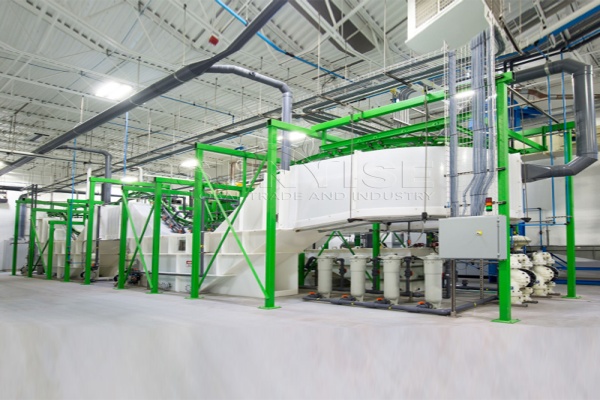India, with its vast population and booming automotive industry, generates an enormous quantity of waste tyres daily. As the environmental concerns related to improper tyre disposal mount, the need for efficient and large-scale tyre pyrolysis plants has become crucial. In this article, we will explore the significance, working mechanisms, and benefits of 100-ton daily capacity tyre pyrolysis plants in India.
The Growing Tyre Waste Problem in India
The automotive revolution in India has led to a staggering increase in the number of vehicles on the roads. Consequently, the volume of waste tyres discarded every day is reaching alarming levels. These waste tyres, if left unattended, pose multiple threats. Naghimo sila og daghang wanang sa landfill, nga kulang sa daghang mga lugar sa kasyudaran. Gabii, Kung ang mga ligid gilabay sa bukas o gisunog nga malipayon, gipagawas nila ang makahilo nga mga fume ug mga hugaw sa hangin, yuta, ug tubig, Ang Nameligro nga Panglawas sa Publiko ug Kalikopan. Pananglitan, ang pagpagawas sa Sulfur Dioxide, nitrogen oxides, ug mabug-at nga mga metal sa panahon sa dili makontrol nga pagsunog mahimong hinungdan sa mga problema sa respiratory ug kontaminado ang yuta sa agrikultura.
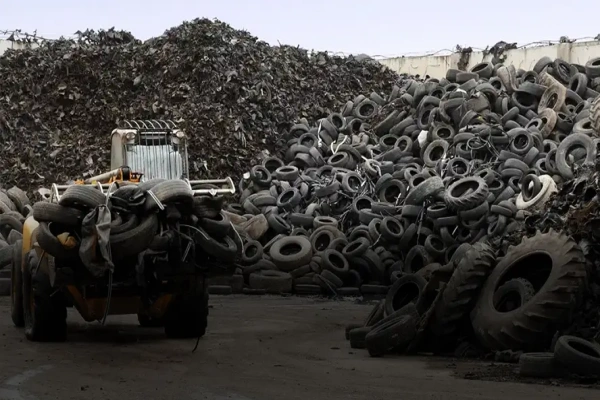
Giunsa ang usa ka 100-tonda nga adlaw-adlaw nga kapasidad sa gulong sa tanum nga pyrolysis nga trabaho?
Sistema sa Pagpakaon
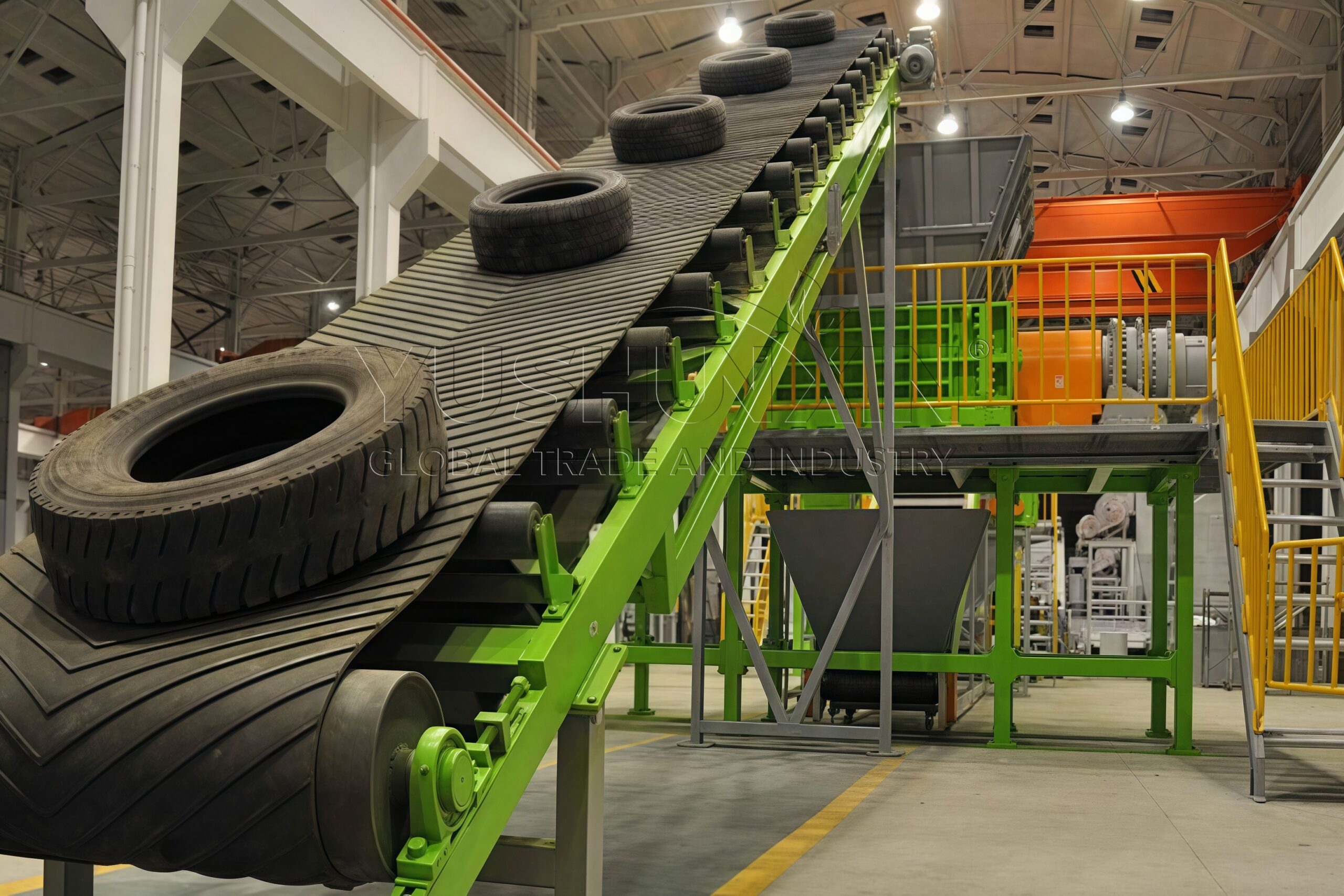
Ang proseso nagsugod sa usa ka lig-on ug awtomatikong sistema sa pagpakaon. Kini nga sistema gidisenyo aron maatiman ang daghang gidaghanon sa mga ligid sa basura nga hapsay. Kasagaran kini naglangkob sa conveyor belts ug mechanical golpers. The conveyor belts transport the tyres from the storage area to the pyrolysis reactor. The grippers ensure a smooth and continuous flow of tyres into the reactor, preventing any blockages. For a 100-ton daily capacity plant, the feeding speed and precision are calibrated to meet the high throughput requirements.
Pyrolysis Reactor
The heart of the plant is the pyrolysis reactor. Here, the waste tyres are subjected to a process called pyrolysis, which occurs in the absence of oxygen at high temperatures, usually ranging from 400 to 600°C. Inside the pyrolysis furnace, the complex chemical bonds in the tyres break down, converting them into three main products: Pyrolysis nga lana, Itom ang Carbon, and combustible gas. The reactor is engineered with advanced insulation and heating elements to maintain a consistent temperature throughout the process. This ensures complete decomposition of the tyres and maximizes the yield of valuable products.
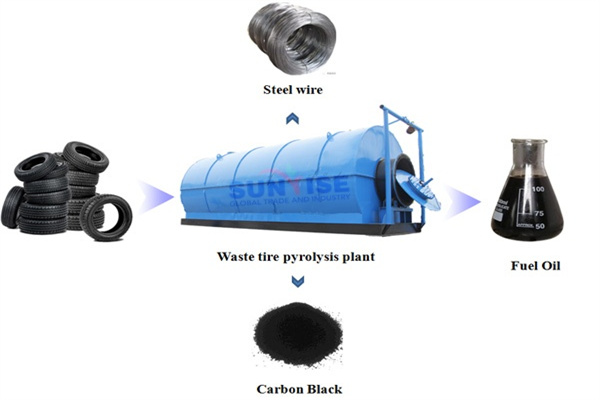
Condensation System
As the pyrolysis process generates hot gases, these gases are immediately directed to the condensation system. The condensation system consists of a series of heat exchangers and cooling towers. The hot gases pass through the heat exchangers, where they are cooled down rapidly. This cooling causes the gaseous components to condense into liquid form, which is the pyrolysis oil. The oil is then collected and stored in dedicated tanks. The quality and purity of the Pyrolysis nga lana can vary depending on the efficiency of the condensation system, and for a large-scale plant, strict quality control measures are implemented to ensure its marketability.
Gas Purification and Utilization System
The combustible gas produced during pyrolysis is not wasted. It first passes through a gas purification system to remove any impurities such as sulfur and particulate matter. Once purified, a significant portion of this gas is recycled back to the pyrolysis reactor to provide the necessary heat, reducing the overall energy consumption of the plant. The remaining gas can be used to power other auxiliary equipment in the plant or even sold as a fuel source in some cases, contributing to the economic viability of the operation.
Carbon Black Recovery and Processing
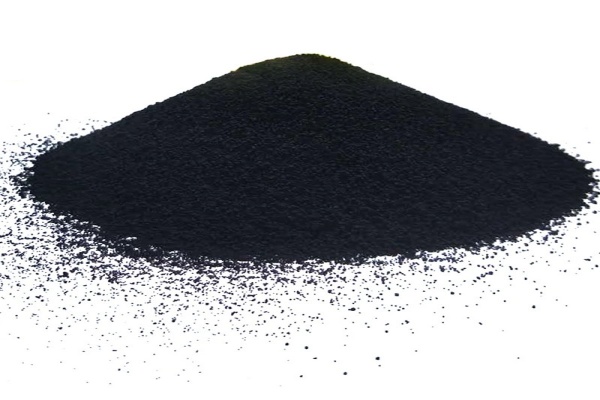
The carbon black obtained from the pyrolysis of tyres is another valuable by-product. Gibulag kini gikan sa ubang solidong mga salin sa reaktor ug dayon nakaagi sa dugang nga pagproseso. Naglakip kini sa paggiling, Pagsubo, ug usahay ang kemikal nga pagtambal aron mapauswag ang kalidad niini ug himuon kini nga angay alang sa lainlaing mga aplikasyon sa industriya. Sa India, Ang Carbon Black adunay usa ka nagtubo nga merkado sa goma, tinta, ug mga industriya sa plastik, Naghatag usa ka dugang nga sapa sa kita alang sa mga tanum nga gulong pyrolysis.
Mga Kaayohan sa 100-Ton-Ton nga Adlaw-adlaw nga Kapasidad sa Kapabilidad sa Pyrolysis Plants
100-ton daily capacity tyre pyrolysis plants in India hold great promise for addressing the waste tyre problem, protecting the environment, and driving economic development. While there are challenges to overcome, with proper planning, investment, and collaboration, these plants can become a cornerstone of India’s sustainable waste management and circular economy initiatives. As the country continues to grow and urbanize, the importance of such innovative waste treatment solutions will only increase. Feel free to contact us if you want to know the price of tire recycling machines.
Kontaka kami


